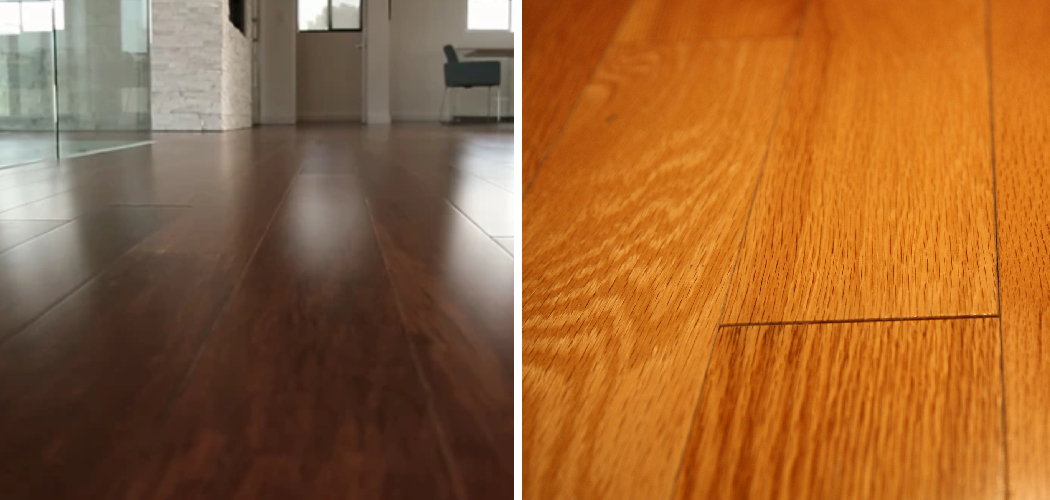Do you have wood floors in your home and they are starting to sweat? If so, don’t worry as there are easy steps that can help reduce sweating. This article will provide an overview of the common causes of sweaty wood floors and simple solutions on how to stop them from perspiring.
From understanding why wood flooring perspires in the first place, to updating your insulation, installing a dehumidifier or using specialized paints; we’ll go over all of these calming strategies for reducing wet wooden floors in the comfort of your own home.
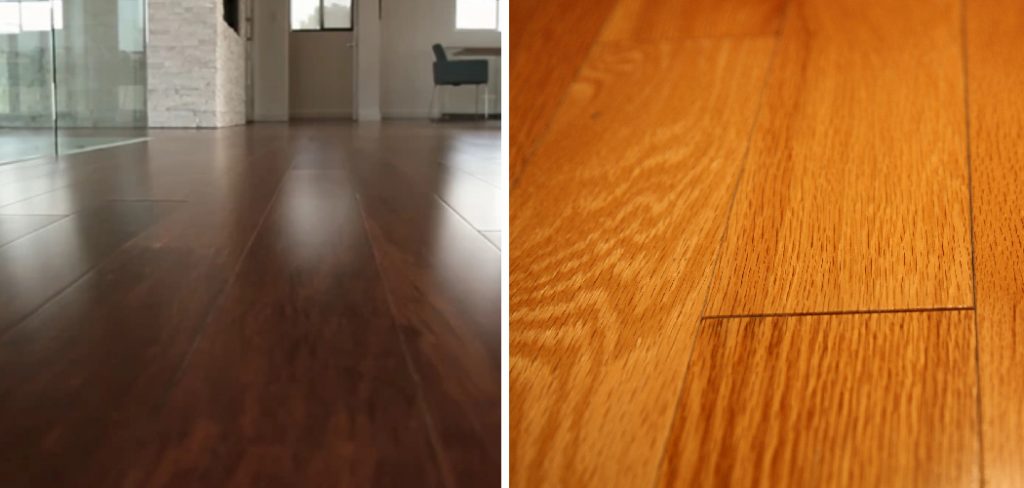
If you have wooden flooring, chances are that you might find yourself dealing with a common issue: sweating. Sweating occurs when there is an increase in moisture and humidity levels in the atmosphere of your home or office environment, resulting in condensation on the surface of your wood floors.
Although it can be aesthetically unappealing, more upsetting is how this phenomenon can affect the lifespan of your floorboards if left untreated for extended periods. So what’s the solution? In this blog post, we’ll look at ways how to stop wood floors from sweating so that you won’t need to worry about potentially damaging your precious investment!
Why Does Wood Floors Sweat?
1. Improper Humidity Levels
Wood floors are prone to sweating when the relative humidity of the room is too high. When humidity levels exceed 55%, moisture from the air will often condense on cool surfaces, such as wood floors. Also, if there is water or moisture present on the floor surface itself, such as a leak from an appliance or plumbing fixture, this can cause wood floors to sweat.
2. Poor Ventilation
Ventilation is important in any room to prevent condensation from forming on surfaces. If a space has inadequate ventilation, then air will not be able to adequately circulate and warm up, which can cause condensation and sweating of wood floors.
3. Incorrect Temperature
If the room temperature is set too low, this can cause wood floors to sweat. Cold air holds less moisture than warm air, so when a room is colder, more moisture in the air will condense onto the floor surface and cause sweating.
Why Is It Important to Stop Wood Floors From Sweating?
1. To Prevent Damage
One of the main reasons you should take steps to stop wood floors from sweating is that it can cause damage. The moisture that accumulates on the flooring can warp and discolor the wood if not addressed quickly. It can also lead to mold and mildew growth which can be hazardous to your health, especially if there are small children or pets in the home.
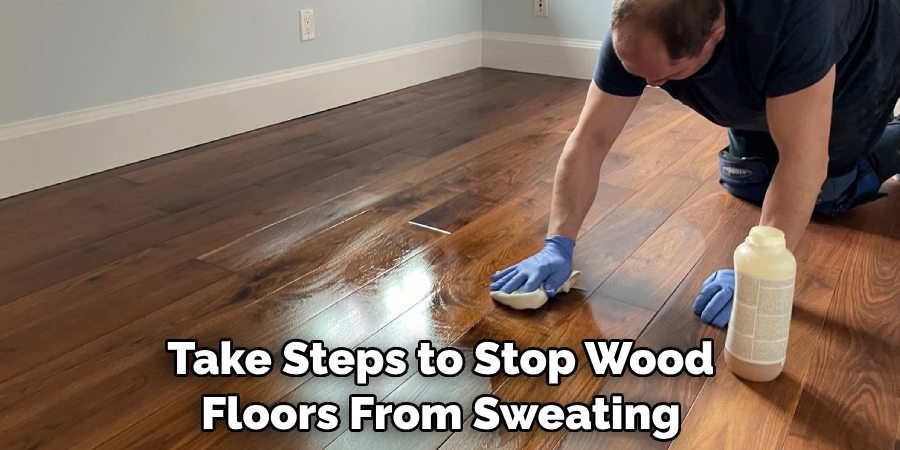
2. To Increase the Longevity of Your Floor
Preventing wood floors from sweating can also increase their longevity. Even with regular maintenance, untreated and exposed moisture can cause the wood to weaken and eventually need to be replaced. By taking preventative measures, you can ensure your floor lasts as long as possible.
3. To Improve Air Quality
Finally, it’s important to stop wood floors from sweating to improve the air quality in your home. Moisture that accumulates on the surface can create a damp environment, which is an ideal breeding ground for dust mites and other allergens. By preventing moisture build-up, you can reduce the number of airborne irritants in your home.
4. To Maintain Curb Appeal
Preventing wood floors from sweating can also help maintain your home’s curb appeal. Sweating on the floor can cause discoloration and warping, which can make your floor look worn and unattractive. Taking preventative steps to stop it from happening in the first place will not only protect your floor but also keep it looking good for years to come.
Ultimately, taking steps to stop wood floors from sweating is essential for maintaining your home’s safety and appearance. Investing in the right products and practices can help protect your flooring from damage while also improving the air quality of your home. Additionally, proper protection will ensure your floor lasts for many years to come.
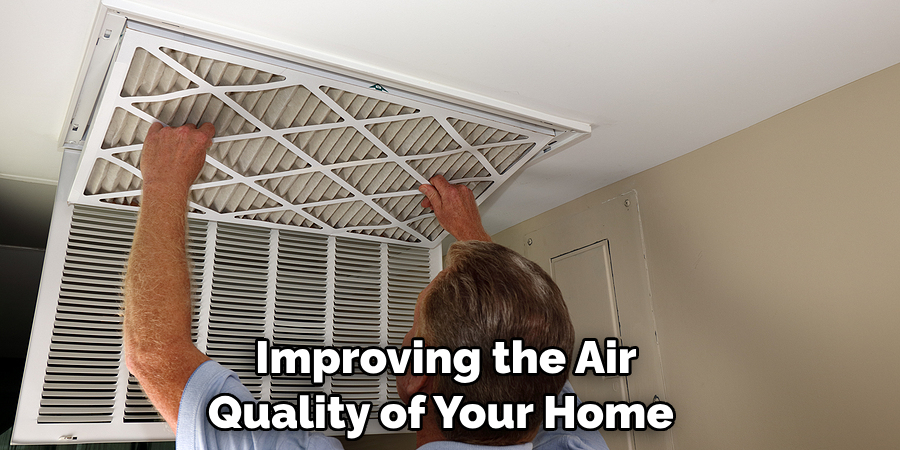
12 Ways About How to Stop Wood Floors From Sweating
1. Improve Ventilation
The most effective way to stop wood floors from sweating is to improve the ventilation in the room. This can be done by increasing airflow, such as opening windows or installing a fan. If possible, try to keep the room temperature below 70℉.
2. Install Floor Mats
Floor mats can help absorb moisture and reduce the amount of sweat that accumulates on wood floors. Placemats in areas where you are most likely to be standing or walking, such as near a kitchen sink or in front of a door.
3. Use Dehumidifiers
Dehumidifiers can be used to reduce the amount of moisture in a room. They work by removing water from the air and depositing it into a container, which needs to be emptied regularly. Also, make sure to empty the container in a timely manner as it can become full quickly.
4. Use Fans
Fans help circulate air and move moisture away from wood floors. Place them strategically around the room where there is excessive moisture, such as near windows or by sinks. Also, be sure to clean fans regularly to prevent dust from accumulating on wood floors.
5. Make Use of Rugs
Rugs can be used to trap moisture and keep it away from wood floors. Place mats in areas where there is high traffic, such as entrances and exits, to help absorb sweat before it has a chance to reach the floor.
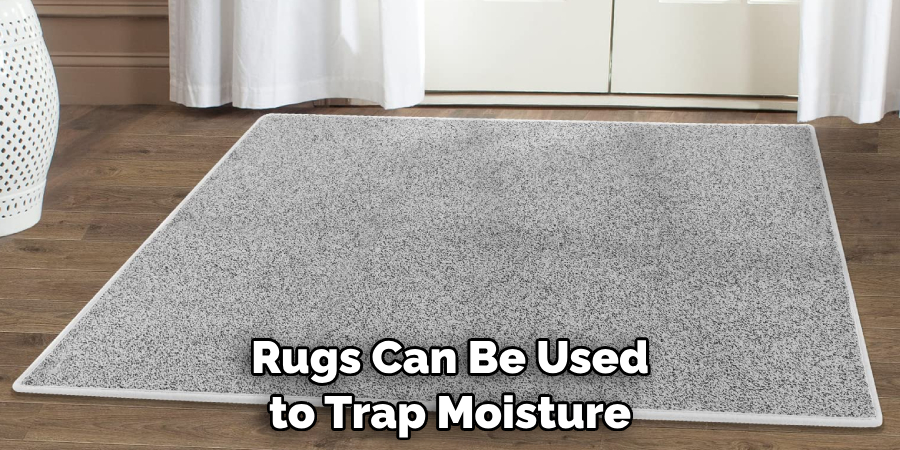
6. Apply Sealant
Applying sealants or varnish on wood floors can help prevent moisture from seeping through. Be sure to purchase high-quality sealants and follow the manufacturer’s instructions carefully when applying.
7. Use Moisture Absorbing Products
There are several products on the market designed to help reduce moisture levels in a room. Products such as silica gel packets, desiccant packs, and dehumidifying crystals can be placed around the room to help absorb moisture.
8. Install an Air Conditioner
Air conditioners work by reducing humidity levels in a room. By using one, you can ensure that your wood floors stay dry and free from sweat. Be sure to follow the manufacturer’s instructions carefully when installing an air conditioning unit.
9. Increase Sunlight
Sunlight can help reduce moisture levels in a room. Open blinds and curtains to let natural light in during the day, or consider installing skylights or windows if possible. Also make sure to keep windows and doors closed when it is raining.
10. Maintain Proper Humidity Levels
It is important to maintain proper humidity levels in a room where wood floors are present. Aim for a relative humidity level between 30-50%. Use a hygrometer or dehumidifier to check the humidity levels and adjust accordingly.
11. Clean Regularly
Regular dusting and cleaning can help keep wood floors free from sweat. Use a damp cloth to wipe away any spills or moisture before it has a chance to settle on the floor. Also, be sure to clean under furniture and in hard-to-reach areas where dust accumulates easily.
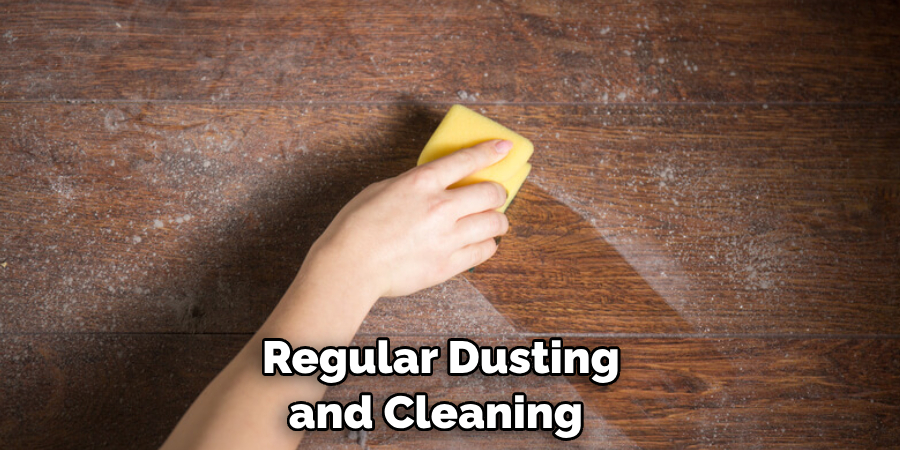
12. Seek Professional Help
If none of these methods seem to work, it may be time to contact a professional. Flooring experts can provide guidance on how to best prevent sweating wood floors and suggest suitable solutions for your specific needs.
These twelve methods should help you stop wood floors from sweating in the future. Remember that proper ventilation and humidity levels are key when it comes to keeping your wood floors dry. Follow these ways and your wood floors should remain dry and sweat-free.
Frequently Asked Questions
What Precautions Can I Take to Prevent My Wooden Floors From Sweating?
The best way to prevent wooden floors from sweating is to ensure proper humidity levels in the home. The ideal range for humidity is between 30 and 50%. It’s important not to let this level drop too low, as it can cause wood floors to sweat.
Additionally, you should use a dehumidifier in damp areas of your home, and keep air vents unblocked to ensure adequate airflow. Regular cleaning with a gentle detergent or wood floor cleaner can also help prevent sweating. Finally, avoid walking across the floors with wet shoes, as this can introduce moisture into the wood and cause it to sweat.
What are Signs That My Wood Floors Are Sweating?
The most common signs that wood floors are sweating are visible beads of moisture along the edges and corners, or in areas with poor ventilation. Additionally, you may notice a musty smell emanating from the floorboards, as this is a sign of mold or mildew growth. If you spot any of these signs, it’s important to take action right away to prevent the sweating from becoming worse.
Can I Repair My Wood Floors After They Have Sweated?
Yes, while it’s best to prevent wood floors from sweating in the first place, there are still ways to repair them after they have become damaged. Depending on the extent of the damage, you may need to sand down any raised areas and refinish your floors with a sealant or polyurethane. It’s best to call in a professional if you are unsure of how to proceed, as improper repairs can cause further damage to your wood floors.
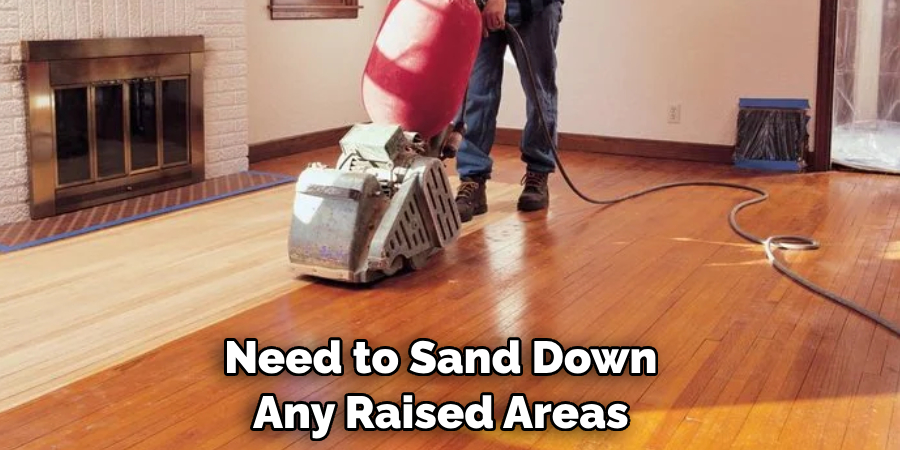
Should I Consider Replacing My Wood Floors if They Have Sweated?
It may be necessary to replace your wood floors if they have suffered significant moisture damage. In severe cases, it’s often more cost-effective to replace the entire floor than to repair individual boards. However, if your floors only have minor sweating issues, regular maintenance and prevention strategies may be enough to keep them in good condition for many years.
How Much Does it Cost to Replace Damaged Wood Floors?
The cost of replacing damaged wood floors varies depending on the size of your space, the type of flooring, and the amount of damage. In general, you should expect to pay between $2 and $9 per square foot for installation costs. It’s also important to factor in additional costs such as new trim or moldings, and the cost of any additional materials.
Can I Install a Vapour Barrier to Stop Wood Floors From Sweating?
Yes, in some cases it may be beneficial to install a vapor barrier under your wood floors. This is typically done as a preventative measure and can help keep excess moisture out of the subflooring. However, if you already have sweating issues, this will likely only provide temporary relief.
In order to fix the issue properly, you’ll need to address the underlying cause of the moisture – such as inadequate ventilation or humidity levels – before installing a vapor barrier.
Can I Use an Air Conditioner to Stop My Wood Floors From Sweating?
Using an air conditioner can help reduce humidity levels and provide relief for sweating wood floors. However, in order to achieve the best results, you’ll need to maintain a consistent temperature in your home and use a dehumidifier as well. Additionally, you should ensure that air vents and registers are unblocked and clear in order to provide adequate airflow.
Can I Use a Heater to Stop My Wood Floors From Sweating?
Using a heater can help reduce humidity levels and provide relief for sweating wood floors, but it should not be used as the only solution. In extreme cases, it may even make the problem worse by increasing the amount of moisture in the air. Additionally, you should ensure that air vents and registers are unblocked and clear in order to provide adequate airflow.
What Should I Do if My Wood Floors Keep Sweating?
If your wood floors keep sweating even after taking preventative measures, it’s important to identify the source of the problem. This could be anything from inadequate ventilation to high levels of humidity.
Once the source has been identified, you can take steps to correct it and reduce the amount of moisture in your home. Additionally, regular cleaning with a gentle detergent or wood floor cleaner can help prevent sweating issues from occurring in the future.
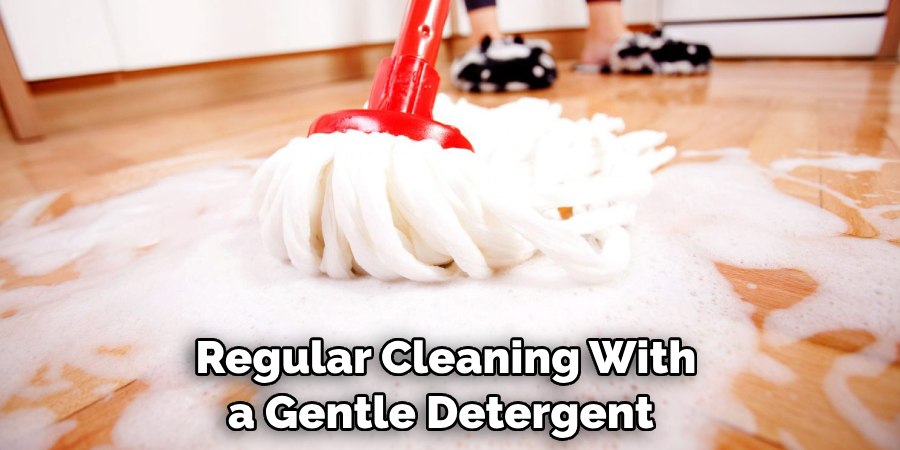
Conclusion
With the right preventive measures, you can stop your wood floors from sweating. Taking these tips into consideration will help you to maintain your wood floors for a longer period of time. It’s also important to make sure you are choosing the correct cleaning solutions and products to keep your wood floors looking pristine.
Now you know many ways how to stop wood floors from sweating! Additionally, every couple of years, it is recommended that your flooring is refinished or sanded down as this will help to reduce any damage due to moisture build-up that can occur over time. By committing yourself to proper maintenance and care, your wood floors will stay beautiful and protected for many years!
